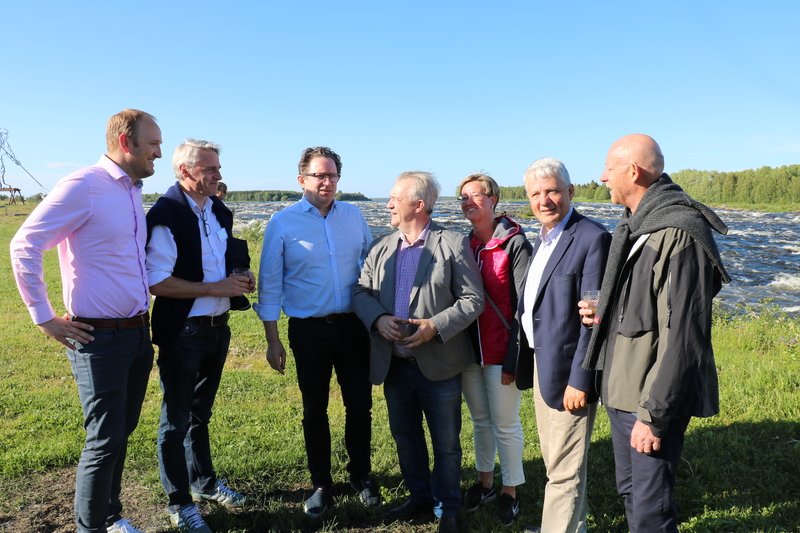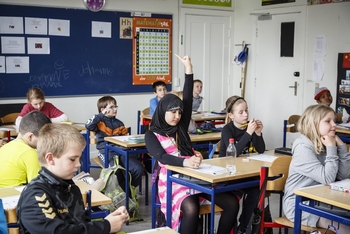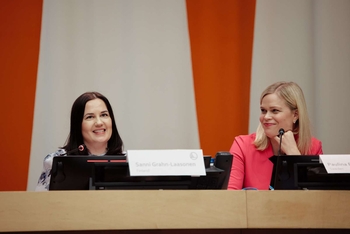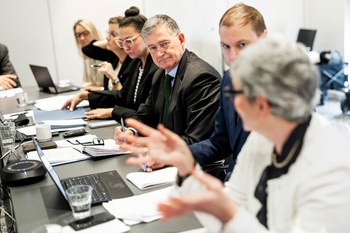15 ways to boost business in the bioeconomy

Bold and passionate entrepreneurs from around the Nordic Region are investing in industries that process raw materials and by-products from our forests, oceans, and agriculture in completely new ways.
Wood is turned into textiles, fish waste into cosmetics, and harvest by-products and food waste into climate-friendly alternatives to diesel and petrol.
These new and emerging companies can become the pioneers of a growing bioeconomy, provided they receive the right political and economic backing.
New era in bioeconomics
At their meeting in Haparanda today, the Nordic ministers for fisheries, aquaculture, agriculture, food and forestry adopted an action plan that outlines 15 ways to support new businesses in the bioeconomy.
“We’re facing a new era in bioeconomics in which new industries can emerge and new jobs can be created. If we get it right, agriculture, forestry, fisheries, and aquaculture industries can benefit hugely from upgrading biomass processes to produce more valuable products,” said Sweden’s Minister for Rural Affairs Sven-Erik Bucht.
Key roles for forests and oceans
Bucht invited his Nordic counterparts to his hometown of Haparanda at the same time as an international meeting of representatives from the world’s foremost forest nations was taking place.
Forests have a key role in the rapidly growing bioeconomy, alongside fisheries and agriculture. The Nordic Region accounts for 30 percent of Europe’s forestry production and 50 percent of its marine harvest.
Competitiveness and sustainability
The Nordic bioeconomy panel’s experts have identified measures that can help to make bioenergy competitive, profitable, and sustainable. These measures can be divided into three main channels: Innovation, acceleration, and networking.
The purpose of the action plan is to facilitate the transformation of traditional agriculture and forestry into technologically advanced industries that use biomass resources as efficiently as possible.
Larger Nordic market
The action plan addresses areas where the countries benefit from co-operation, such as arranging training courses for young people in rural areas, funding research, and developing a larger Nordic home market.
In addition, the countries can work together to increase their bargaining power in EU and UN systems in order to promote a sustainable bioeconomy.
You can read the action plan here: 15 ways to bring about sustainable change
Meet some frontrunners of the bioeconomy here: Made of Courage




